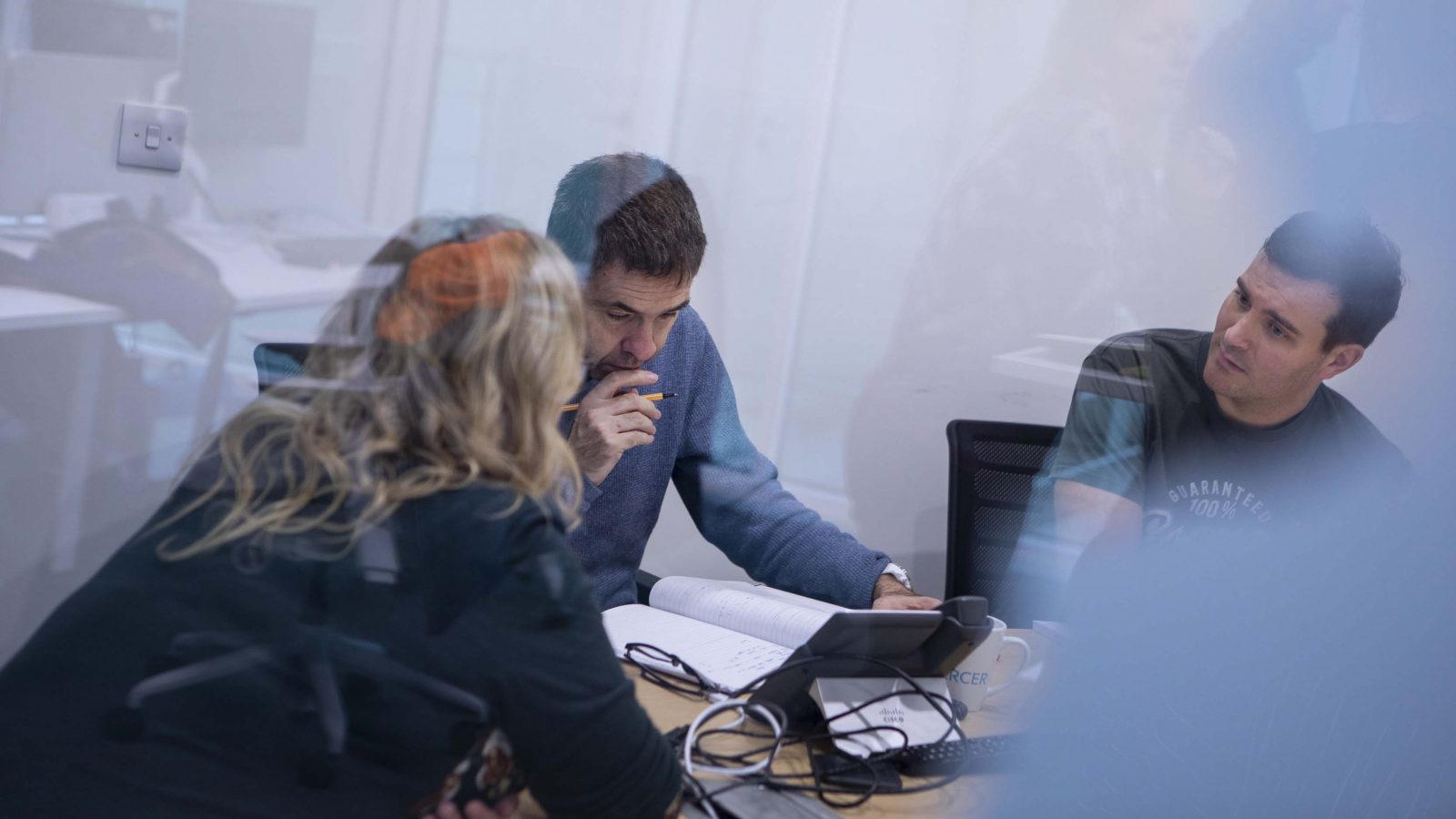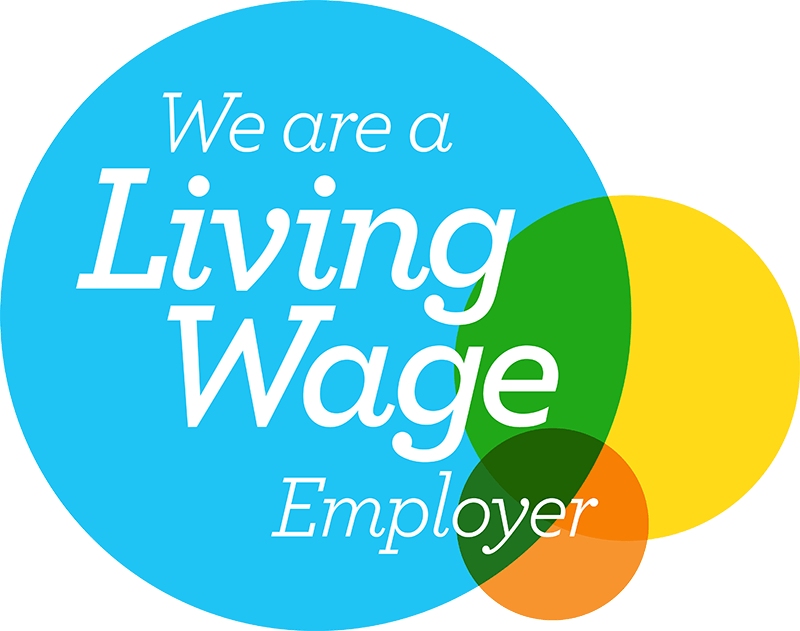
It’s because the workplace is so pivotal to the way people think, feel and act, that businesses must reflect on it as an important tool to help achieve an organisation’s goals and priorities.
For years, the role of the workplace was undervalued and considered little more than a space in which to house employees. However, as the interplay between people, place and productivity is more widely celebrated and the need to keep employees motivated and engaged realised, the workplace has achieved newfound status as a powerful business tool.
The workplace is a myriad of things: the centre of operations and public face of the business; a place for employees to collaborate, share information and develop ideas; a representation of a company’s mission, values and culture; somewhere to win business and build relationships; a space in which to nurture talent and consider wellbeing; a hub of focus, productivity and growth. Ultimately the workplace is the place where positive business outcomes will be achieved.
With that in mind, the workplace should be made to deliver on your organisational needs. These four examples below demonstrate how clear and concise organisational objectives can inform workplace planning and office fit-out design to create truly effective and valuable work environments.
- A young gaming company wants to speed up the process of bringing new games to market to compete with its European competitors.
This company requires a strategically aligned workplace that can help to shorten the R&D process and support the more efficient generation of new ideas. This might include dynamic open spaces and collaborative technologies to support team working, huddle spaces with mobile furniture to let project teams come together when needed, the use of write-on surfaces to capture ideas where they happen and integrated technologies that allow real-time collaboration and team working. It should also include the careful co-location of departments to improve information flow and speed-up decision making and greater social and wellbeing facilities to cater for project teams working round the clock (on-site showers, relaxation spaces, well-stocked complimentary kitchen).
- A public sector organisation is merging with one of its contemporaries to improve service provision, unlock greater productivity and importantly, reduce overheads.
A workplace study prior to the merger would help to understand working styles and departmental requirements of those involved as well as identify which of its two locations would best support the organisation’s goals and workforce needs. The workplace strategy must encourage collaboration and communication, particularly with two teams becoming one, as well as consider the use of technology and departmental co-location to streamline processes and decision making.
- A medical insurance broker wants to reinvigorate its disparate team and unlock greater capacity by reducing time spent travelling to client meetings.
This organisation requires a technology-integrated work environment to support the sales team’s agile needs. A suite of meeting rooms equipped with video conferencing and collaboration technologies will reduce the onerous need for travel and a re-evaluation of desk-usage will help to identify whether an improved people to desk ratio could unlock square footage for more social and interactive spaces. Social spaces will be particularly important to bring the team together and support the cultural changes needed to support these new working practices.
- A city law firm has concerns about how to retain knowledge and talent when team members leave or retire and feels it’s time to embrace agile working
A revisited workplace could alleviate these concerns by creating more opportunities for knowledge sharing and a stronger culture. A workplace study would help to identify pinch-points in information sharing between departments and identify whether the person to desk ratio could be increased to reflect greater agility. Other tactics might include improving technology provision for flexible working within and outside the office; replacing owned desks with shared facilities; replacing personalized and departmental storage with centralised storage to avoid information being lost in silos; repurposing freed up storage space for more varied workplace settings, the creation of a central library for peer-to-peer learning and mentoring and a more considered exit/handover programme with staff before they depart.
There is no such thing as one size fits all approach to workplace design.
While there are many common traits, particularly in knowledge economy businesses, it is the nuisances of how individual businesses operate, their goals, working processes and people that make a finished workplace truly unique and effective. Embarking on a new office project is as an opportunity to reinvigorate working practices, revisit organisational goals, future proof the business and really engage with employees. While most businesses can articulate their goals with ease, few know what this really demands of the workplace and instead rely on assumptions and perceived truths. By taking the time to really interrogate what your commercial objectives require of people, process, place and technology, you can turn the workplace into a high-return asset that delivers real value for your business.
Related thinking
OFFICE INTERIOR
DESIGN & BUILD
From Workplace Consultancy through design, to the build and beyond. Whether you use all or part of our capabilities, you’ll find we’re a safe pair of hands.
Workplace Consultancy
Helping you achieve the optimal combination of people, space and technology, enabling your organisation to realise its maximum potential in a FutureFlexible way.
Design & Build
Claremont’s comprehensive in-house capability takes care of it all, it’s an end-to-end solution that mitigates risk, accelerates timescales and controls costs.
Workplace Furniture
We believe furniture has a huge impact on the people using it. We aren't limited to a specific range of suppliers, so finding exactly the right products for you or even designing you something unique is at the heart of our approach.
Workplace Technology
Just the right tech fully integrated with your space gives you that all-important agile and collaborative environment.
